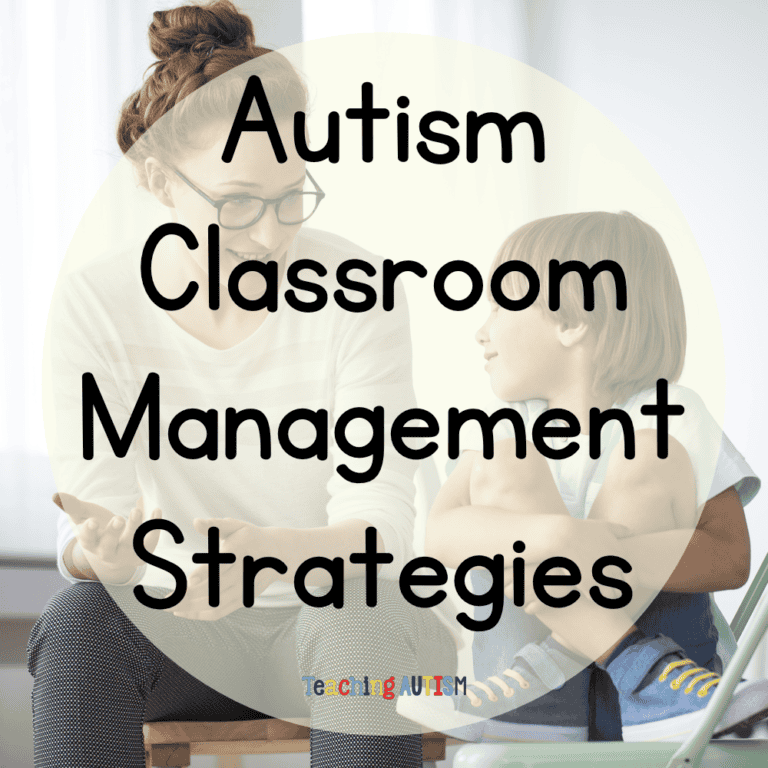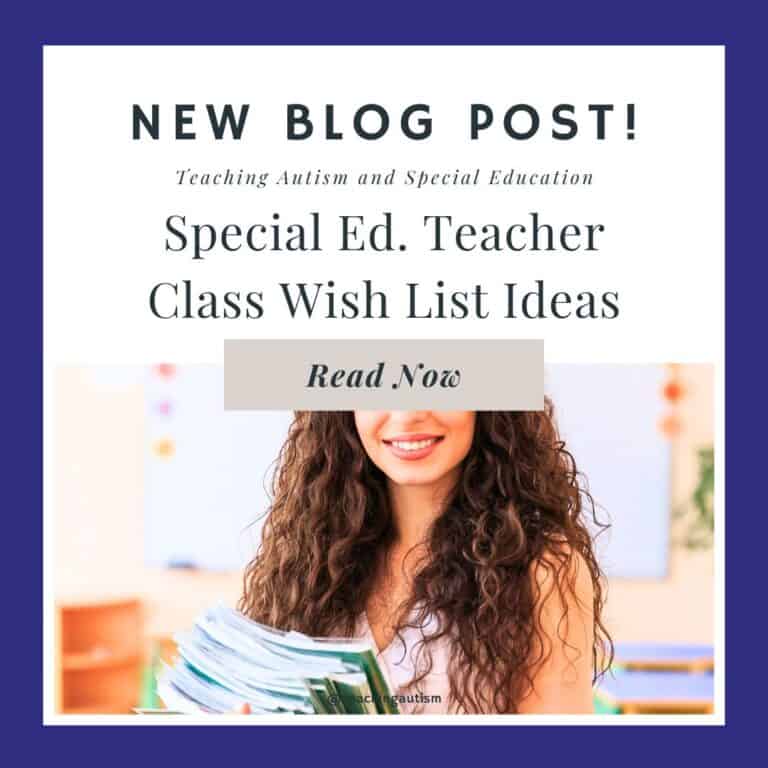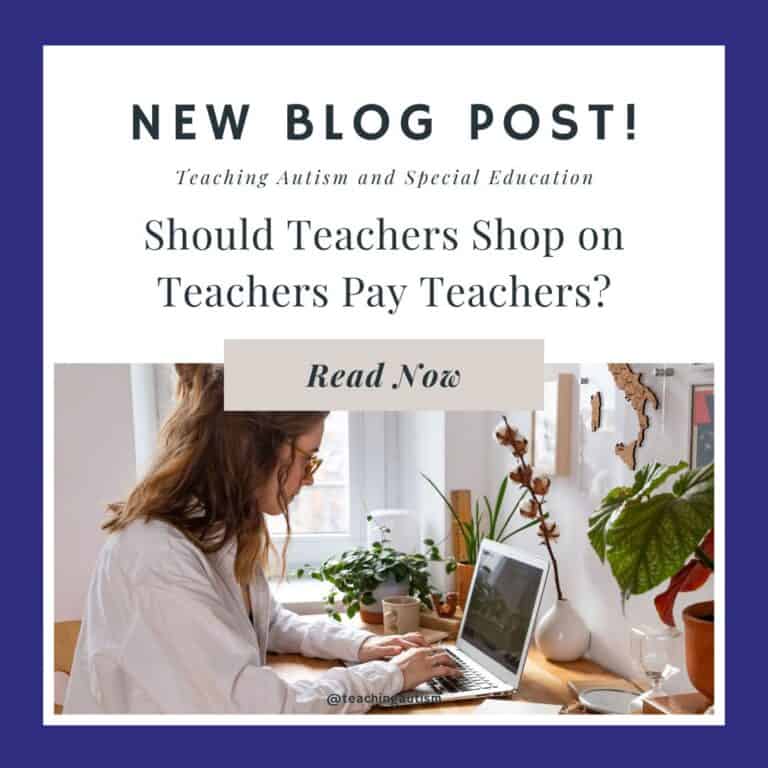Assistive Technology for Students with Special Needs
Assistive Technology for Students with Special Needs: What You Need to Know
Assistive technology has really helpful to transform the way that our students with special educational needs learn and interact with the world around them. These tools are able to help our students overcome barriers and achieve academic success. This is by providing a range of supports, including communication devices, reading and writing tools, and sensory aids.
What are the Advantages of Assistive Technology?
One of the biggest advantages of assistive technology is that it can help level the playing field for our students.
One example of this is for students who have visual impairments. They can use screen readers or Braille displays to access text-based materials.
Similarly, students with hearing impairments can use captioning and sign language interpreting software to participate in classroom discussions and lectures.
Another benefit of assistive technology is that it can help our students to become more independent and self-reliant. For example, students with physical disabilities can use speech recognition software or alternative input devices to navigate their computers and complete assignments without assistance from others.
Considering Individual Needs
However, it’s important to note that assistive technology is not a one-size-fits-all solution. Each of your students have unique needs and abilities. What works for one student may not work for another. It is for this reason that it is essential to work closely with other educators, therapists, and other professionals to determine which assistive technology tools will best support a student’s individual learning goals.
Choosing a Tool
When selecting assistive technology tools, it’s also important to consider the student’s age, developmental level, and learning style.
For example, younger students may benefit from simple, tactile tools like manipulatives or picture-based communication boards.
Whereas older students may require more complex tools like speech-to-text software or digital organizers.
Training
In addition to selecting appropriate assistive technology tools, it’s important to provide proper training and support to both students and teachers. Students may need instruction on how to use the tools effectively, while teachers may require guidance on how to integrate assistive technology into their lesson plans.
Evaluate and Adjust
It’s important to continuously evaluate and adjust assistive technology tools as necessary. As our students grow and develop, their needs and abilities may change. This means that the tools that were once effective may no longer be sufficient.
Regular assessment and re-evaluation can help ensure that students continue to receive the support they need to succeed.
Examples of Assistive Technology
Here are 15 different types of assistive technology tools that can be used within special education:
- Text-to-speech software.
This allows students to hear any written content read out loud. - Speech recognition software.
This enables students to dictate their thoughts and have them converted into text. - Audio books
These provide students with an alternative to traditional reading, particularly if they have visual impairments. - Braille display
This is a tactile system that allows students with visual impairments to read. - Word prediction software
This suggests words as they are being typed, which can save time and improve accuracy. - Electronic math worksheets
This enables students to complete math problems on a computer instead of on paper. - Graphic organizers
These help students to organize their thoughts and ideas visually. - Reading comprehension software
This helps students to improve their understanding of written content. - Augmentative and alternative communication (AAC) devices
These devices help students who have difficulty speaking to communicate with others. - Adaptive keyboards
These keyboards are designed to accommodate students with physical disabilities. - Screen readers
This software reads out loud what is displayed on a computer screen. - Magnification software
This enlarges the text on a computer screen for students with visual impairments. - Voice amplifiers
These can help students with hearing impairments to better hear their teachers and classmates. - Visual timers
These provide a visual cue for students to understand how much time is left for a task. - Sensory equipment
This can help students with sensory processing disorders to better regulate their sensory input.
Grant/Donor Template
If you really want to introduce some assistive technology into your classroom but lack the funding, I have put together an example template for you below. You can use this as a baseline for applying for a grant or asking donors for help for raising the funds to get assistive technology for your classroom. Be sure to add/edit to make it personal for your students. But hopefully this will save you some time and give you a base to use!
Dear [Donor/Grant Committee],
I am writing to request funding for assistive technology in my special education classroom. As you may know, students with disabilities often face barriers in accessing the curriculum and participating in classroom activities. With your help, we can break down those barriers and provide equal opportunities for all students to learn and grow.
The assistive technology we are seeking to purchase includes software programs, communication devices, and sensory equipment. These tools will enable our students to communicate effectively, improve their reading and writing skills, and engage in hands-on learning experiences.
By investing in this technology, we can provide our students with the tools they need to succeed academically and socially. In addition, we can create a more inclusive learning environment that celebrates diversity and promotes empathy and understanding.
Your support for our special education classroom would make a significant difference in the lives of our students. We greatly appreciate any contribution you can make towards this effort. Thank you for considering this request.
Sincerely,
[Your Name]
If you found this ‘Assistive Technology for Students with Special Needs’ blog post helpful, please consider sharing it with your friends and colleagues on social media.
P.S. Have you signed up for a 3 day free trial of our VIP membership yet? If not, click here to do it now. You’ll get access to a huge range of resources, templates, crafts and more for free.
Nikki







